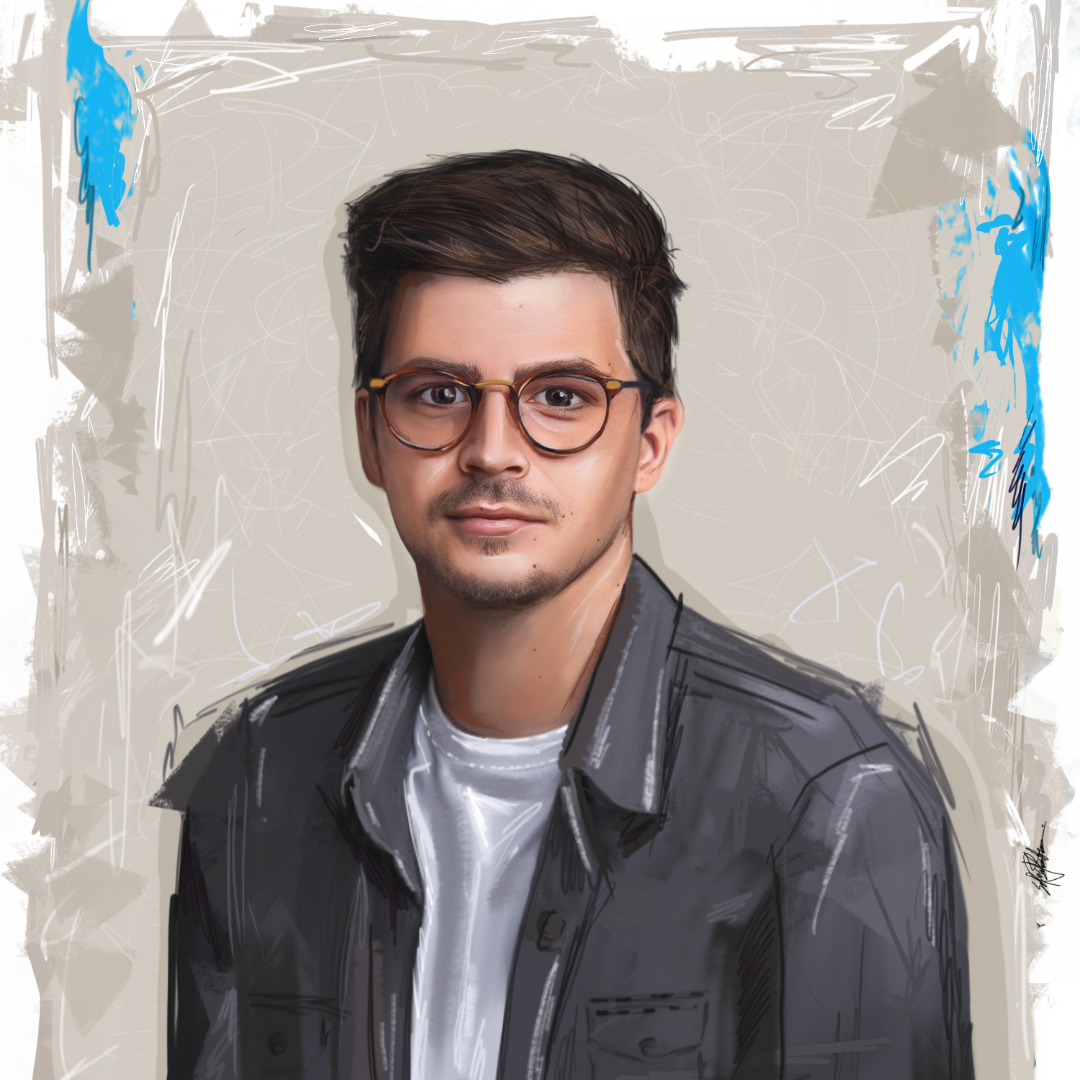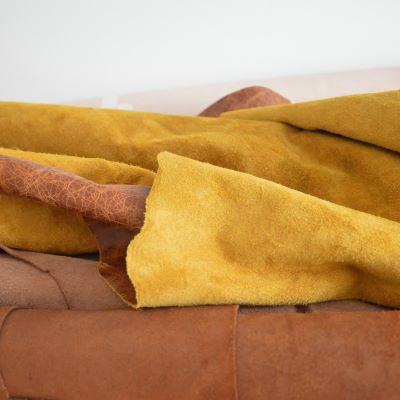Register to continue reading for free
Deborah Taylor from SLF: leather has a sustainable future

We continued our conversation with Deborah Taylor, Managing Director of the Sustainable Leather Foundation (SLF), around the misconceptions that surround the leather industry and how education, communication, innovation and responsibility can help us move forward
In a world that is increasingly concerned with sustainability practices, the issue of leather's sustainability seems to come up again and again, along with animal welfare concerns. So, is leather a sustainable material or is it not?
“You are not hurting the animals by buying leather products, we are responsibly using a by-product and one of the things that I do educate on: we need livestock”, the Managing Director of SLF asserts. “If we did not have livestock roaming our lands, we would kill the soil health. We don't have enough arable land to support a completely plant-based diet. We just couldn't feed our population without animals. They drive nutrients back into the soil, which maintains their health, and allows us to keep growing our plant-based foods”. However, “if we are going to have livestock, we have to use all of the animals, and must also look after the animal when it’s living. So, all of these intertwine, and as consumers, we need to understand that”.
“The irony is that the young generations know more than ever before”. As a society, “we all know more about it than ever before. We know more than ever before about overconsumption and about the problems that it creates”. At the same time, “we are also a society that wants the latest thing, the newest gadget, that wants to go and buy a new outfit because we are going to an event, even though we have a perfectly good outfit in the wardrobe. We have been conditioned and we have grown into this consumer society, and, for me, sustainability is just about more conscious consumer choices”, she reflects.
Reversing The Cycle
On the one hand, she argues, “some of the low-price brands could raise their price points slightly to discourage the throw-away culture”; on the other hand, “if we are buying an alternative product, then let's understand what we are buying and not think we are buying something that is better just because of virtual signalling, for example, around the product being Vegan. Let’s make sure that people do understand that if we are buying a plastic product, that is a petroleum-derived product”.That all production has an impact should not be overlooked. “The right approach is to use what we already have, but make sure that our production methods are as sustainable as possible. Switching to more sustainable chemistries, making sure that we are minimising those natural resources that we use for production like water and energy, and making sure that we behave as a responsible industry when we are looking after our people”, argues Deborah.
“I would much rather we concentrate on improving the existing rather than trying to create false innovations that we don’t need that still have an impact, still create emissions, and we are still left with the waste product of the meat industry at the end. It’s a challenging thing, communication is key, education is key, and brand responsibility is key”, she emphasises.
Leather’s Future
Is there a place for leather in the future? “It is not a material of the past, even though it is steeped in history with leather being used since the beginning of time. That has also been a stumbling block for us because it’s seen as an old and traditional industry, as something that we need to change, whereas if we were to invent leather now, if we had found a use for the rawhide and skin of the animal at the slaughterhouse, it would be seen as innovative”. While the negative environmental impact of leather in the past cannot be sugar-coated, technological development has been helping to bring about real change.But “we don’t want a fully automated industry”, she highlights, thinking about less developed regions. “We need to be providing jobs for people. So, there is a balance to be struck there as well. We want to use the best of innovation and technology, but not at the expense of our people. We still need to be providing these livelihoods for people. In some countries, there’s still illiteracy, we still have people who require manual jobs, and we can’t take that from them by automating everything”.
Image Credits: Art by Sofia Pádua






